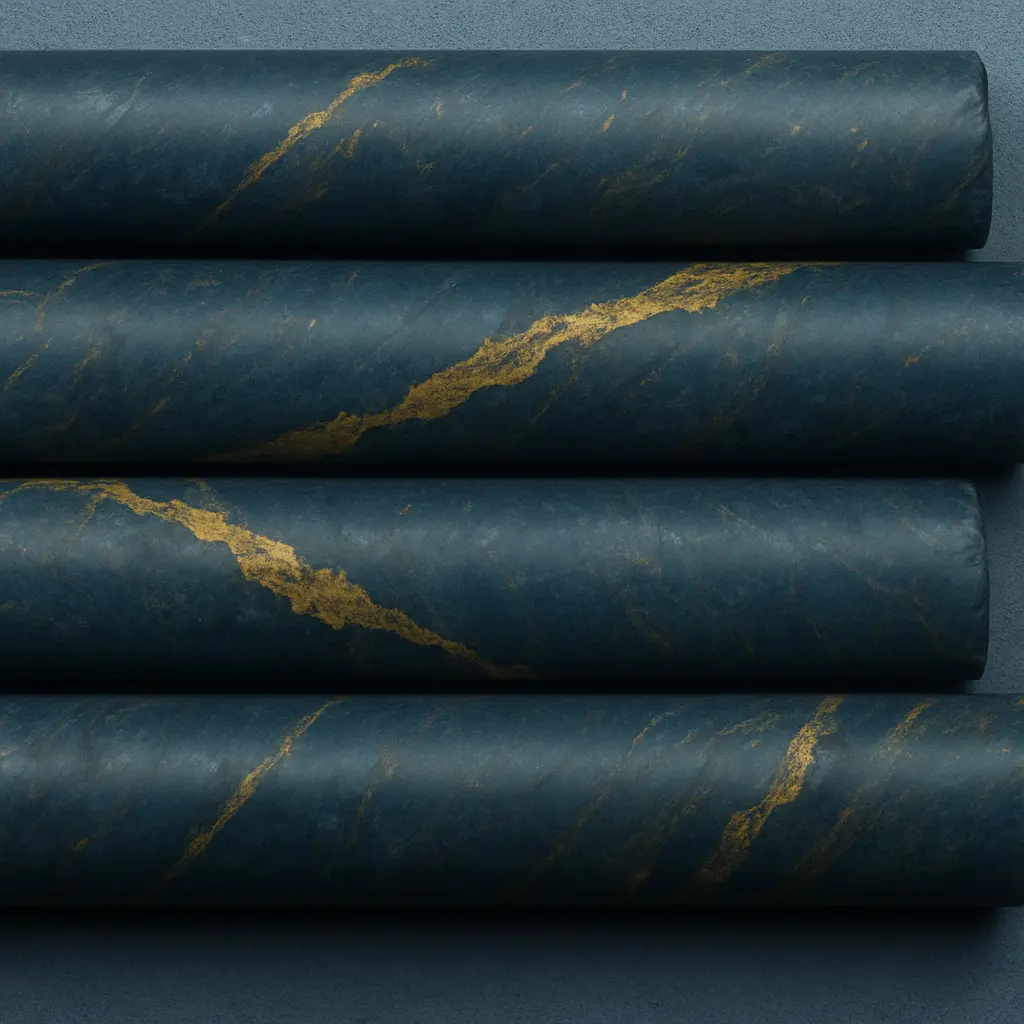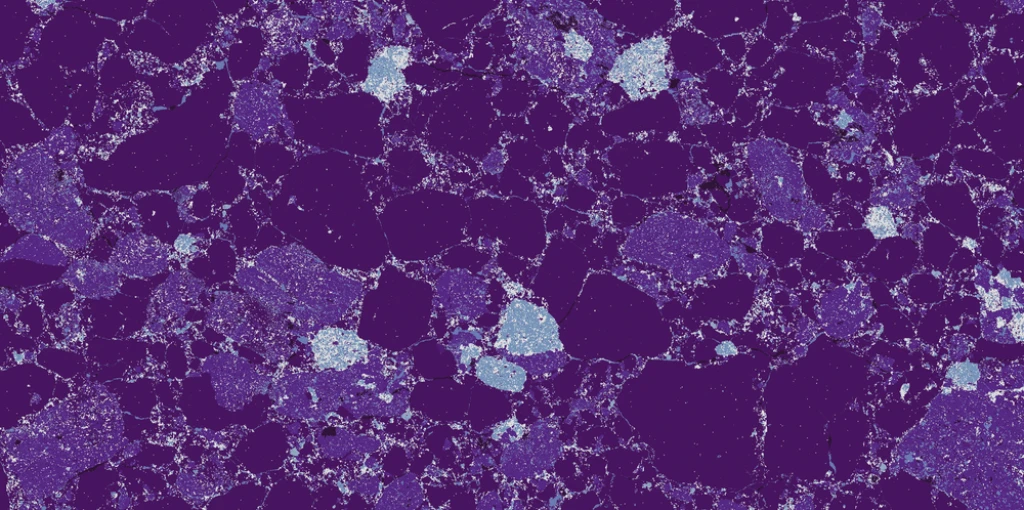

Published: August 14th, 2025 11.06 AM UTC
A fresh wave of discovery is reshaping what we know about one of Western Australia’s most significant copper deposits. In a recent study published in Ore Geology Reviews, a collaborative effort between Queen’s University Canada, IGO Ltd, the University of Alberta Canada, the University of Western Australia, and Curtin University reveals that the Nifty copper deposit in the remote Paterson Province is geologically highly dynamic.
Dr Paul Polito assembled a team that combined advanced geochemical tools, microscopic analysis, and precise dating techniques to redefine the timeline and processes that formed this giant ore system, unveiling a story of multi-phase mineralisation and evolving fluid–rock interactions across hundreds of millions of years.
At the heart of this breakthrough is a recognition that Nifty’s copper endowment did not stem from a single mineralising event. Instead, the new model identifies three distinct episodes of mineralisation, each leaving behind its own fingerprint in the rock record. The earliest, dating back as far as 840 million years ago, introduced zinc and lead into the system. The second phase, beginning around 720 million years ago, brought in copper through fine stratiform and disseminated mineralisation. The third and most economically significant phase, occurring between 680 and 620 million years ago, formed thick veins and breccias rich in chalcopyrite, a copper-bearing sulfide mineral.
These discoveries challenge long-held views that all mineralisation at Nifty was the result of a single tectonic pulse. Instead, the new evidence paints a more nuanced picture. Each stage of mineralisation corresponds to a different geological setting and fluid regime, reflecting shifting tectonic and thermal conditions in the evolving Yeneena Basin.
What sparked these complex episodes of metal movement and deposition? Clues come from a combination of radiogenic isotope dating and geochemical profiling which Curtin University has been applying to various Australian deposits. The final stage of copper deposition, for instance, appears to coincide with the emplacement of granitic intrusions belonging to the O’Callaghans Supersuite. These intrusions, formed from deep crustal melts, likely heated and mobilised metal-bearing fluids that surged through fault networks, mixing with existing reduced fluids already rich in sulfide minerals. This interplay of oxidised and reduced fluids is a powerful engine for copper precipitation, and may also explain the unexpected appearance of elements like uranium and tin in some mineralised zones.
In total, over 1,100 rock samples were studied using a suite of techniques including micro-XRF, electron microprobe analysis, laser ablation ICP-MS, and sulfur isotope measurements. These tools helped piece together not only the timing of mineral events but also the subtle mineralogical and chemical transformations that occurred at each stage.
This interdisciplinary study combining academic expertise from Candian and Australian universities with the applied knowledge of industry geologists has broad implications. It not only advances exploration strategies in the Paterson Province but also enhances global understanding of sediment-hosted copper systems.
By tracing how a once-buried basin transformed over hundreds of millions of years into a richly mineralised terrain, the study showcases the power of modern geoscience to decode deep-time processes. It also highlights the value of academic–industry collaboration in addressing key resource challenges.
As global demand for copper continues to rise, fuelled by its central role in electrification, renewable energy and modern infrastructure, the need to better understand where, how and when copper forms has never been more pressing. The new insights from Nifty are not just unlocking a mine’s past, they're fuelling ideas for a more sustainable resource future.

Raye, U., P. Polito, P. K. Pufahl, J. Drummond, R. Campbell, R. A. Creaser, L. Martin, B. V., Ribeiro, C. L. Kirkland, M. Joury, and J. Ruzicka. (2025), "Reinterpretation of the geodynamic evolution and multistage mineralization events of the Nifty copper deposit, Paterson Province, Western Australia through age, textural and geochemical data." Ore Geology Reviews 185
Read the original article.








Start adding products or services to your quote cart to get started
Checking out will not guarantee purchase of items. A team member will be in contact to confirm your requirements.